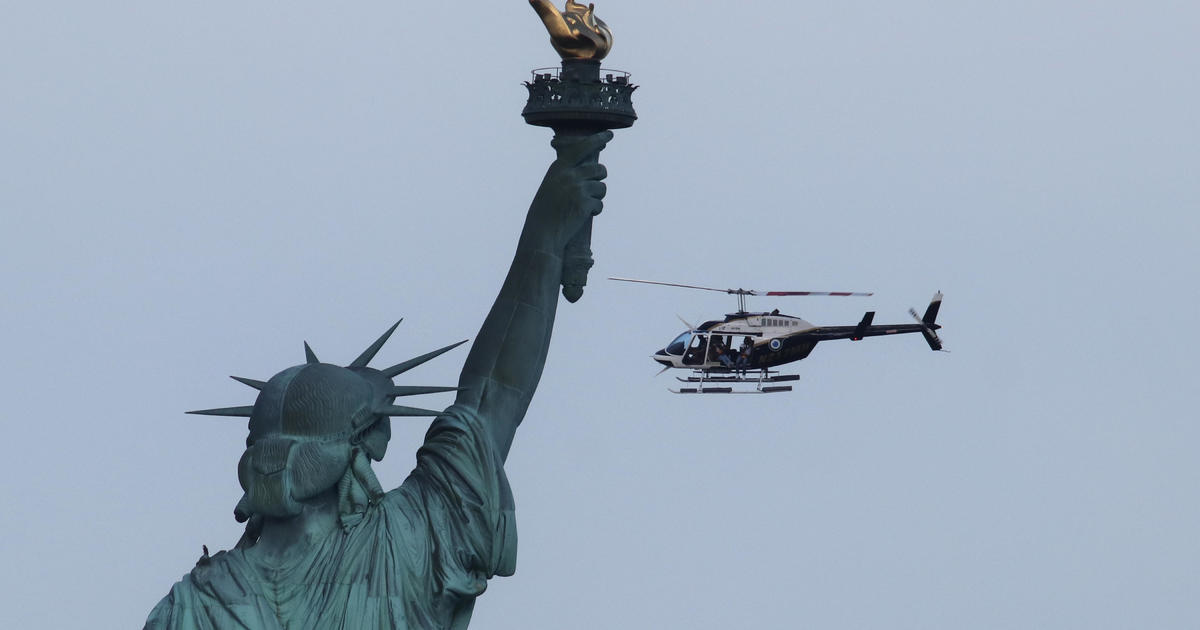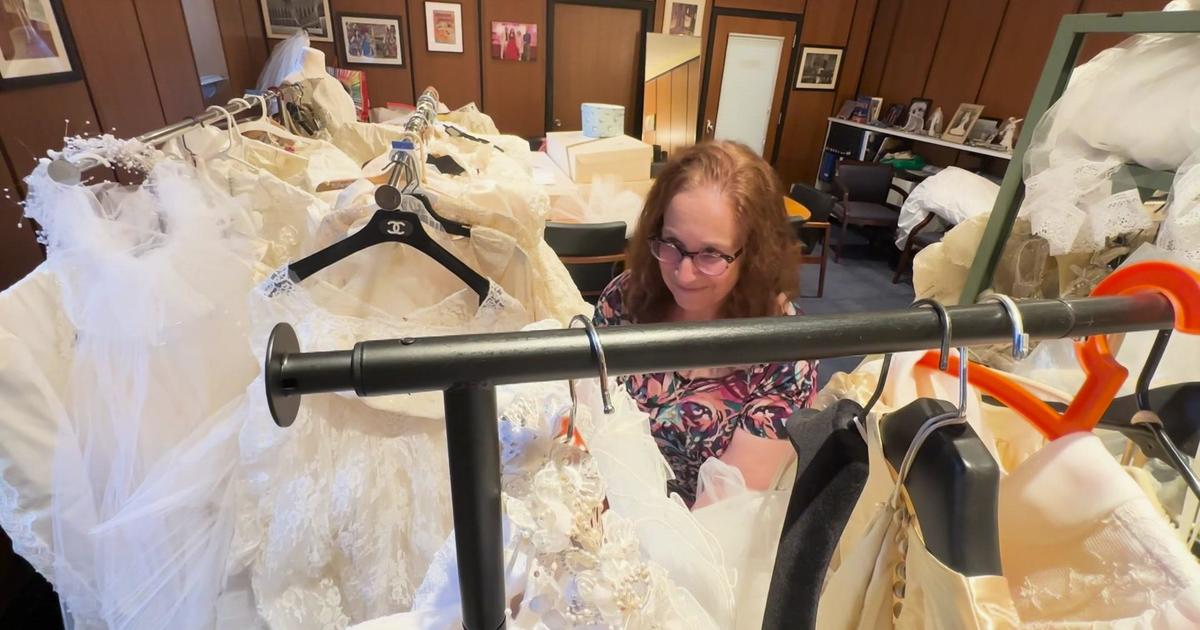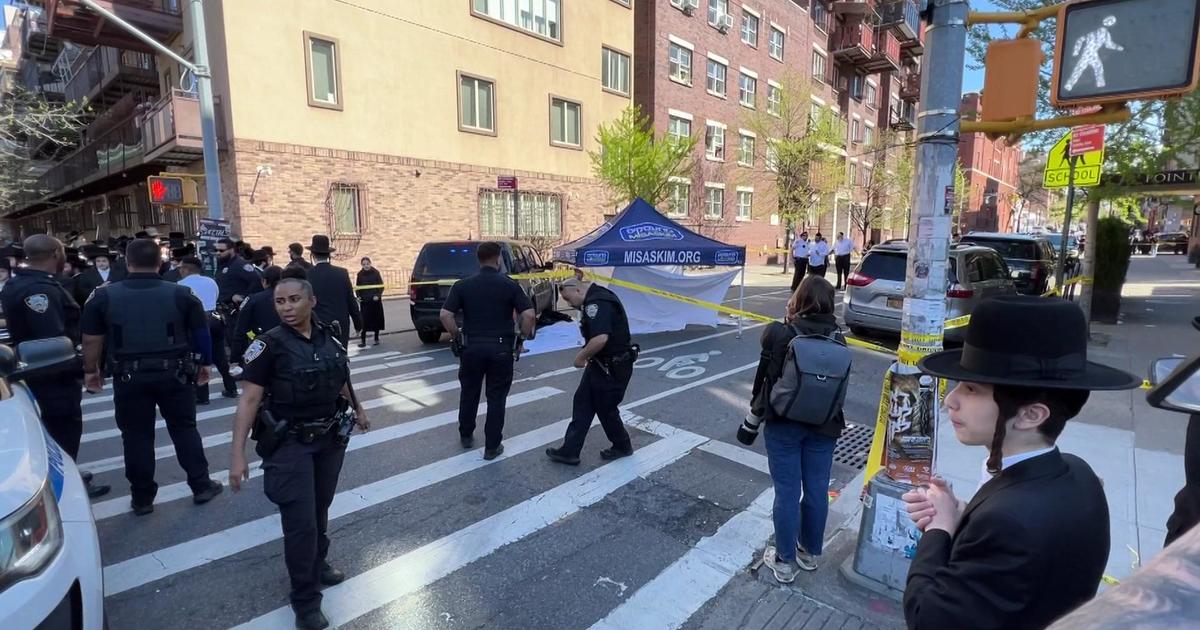City's Oldest Cemetery, Once Used As Park, Marks 175th Anniversary
NEW YORK (CBSNewYork/AP) -- Long before Prospect Park, there was Green-Wood Cemetery.
Brooklyn's historical landmark is celebrating its 175 years with an exhibition at the Museum of the City of New York.
"You could in the 19th century come out of the tenements, come out of the urban center and be in a totally different world," cemetery historian Jeff Richman told WCBS 880's Marla Diamond on Tuesday. "There's no Metropolitan Museum, there's no Brooklyn Museum. And so, you came to Green-Wood to see the sculpture of the leading artists of the period."
"They were picnicking back then, they were touring back then," he added.
City's Oldest Cemetery, Once Used As Park, Marks 175th Anniversary
The still-active cemetery in Brooklyn was the largest cemetery in the world at the end of the 19th century. It was also the second most-visited tourist destination in New York behind the Niagara Falls.
The 478-acre site is celebrating its anniversary this year with an exhibition opening Wednesday at the Museum of the City of New York. While it cannot replace a visit to the cemetery grounds, "A Beautiful Way to Go: New York's Green-Wood Cemetery'' provides historical context for one of only four U.S. cemeteries to be granted National Historic Landmark status.
Founded in 1838 in what was then the City of Brooklyn, Green-Wood was an early example of the "rural cemetery.'' In contrast to the somber church graveyards in lower Manhattan that were rapidly filling up, Green-Wood offered vistas of New York Harbor and a new view of death that essentially said: "If you live a good life, this is the kind of afterlife you will have. It will be a place like this,'' said curator Donald Albrecht.
Decades later, Green-Wood's natural topography became the model for the creation of Central Park, Brooklyn's Prospect Park and Llewellyn Park, N.J., America's first planned suburb.
Visitors enter Green-Wood through the soaring spires of Gothic Revival-style gates designed by Richard Upjohn, who is buried there and is the architect of Trinity Church in lower Manhattan.
Today, it is New York City's largest cemetery and serves as the final resting place for 560,000 people, including composer Leonard Bernstein, the father of baseball, Henry Chadwick, artist Jean-Michel Basquiat and Peter Cooper.
"Horace Greeley, Boss Tweed," Richman added.
Battle Hill, the highest point in Brooklyn and the site of the first major Revolutionary War battle fought after the signing of the Declaration of Independence, also is found in Green-Wood. A statue of the Roman goddess of wisdom, Minerva, marks the spot, positioned to face the Statue of Liberty in New York Harbor.
From the gravesites of 5,000 Civil War soldiers to the handsome chapel designed by the same architects of Grand Central Terminal, the cemetery is a symphony of art, architecture, history and nature. Yet today, there are New Yorkers who have never set foot in Green-Wood or know of its rich history.
"The goal of the exhibition,'' Albrecht said, "is to convince people that this incredible national treasure is sitting in plain sight.''
The landmark site is second only to the Brooklyn Promenade in popularity among tourists. And yes, there is still space available.
"When I do tours, I tell people come visit while you still can leave," Richman told Diamond.
You May Also Be Interested In These Stories
(TM and © Copyright 2013 CBS Radio Inc. and its relevant subsidiaries. CBS RADIO and EYE Logo TM and Copyright 2013 CBS Broadcasting Inc. Used under license. All Rights Reserved. This material may not be published, broadcast, rewritten, or redistributed. The Associated Press contributed to this report.)



